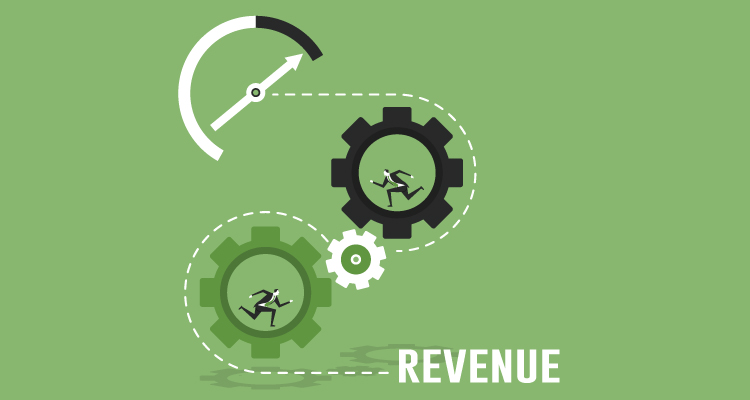
Table of Contents
ToggleWhat is “long money”?
Long money refers to the lifecycle of one client. Savvy business people know that it’s easier to get someone who has already bought from you to purchase again than it is to acquire a brand new client.
Simply put, the person who has purchased from you already trusts you. They’ve already seen what you can do. As a result, they buy again.
As business owners, this means you need to come up with a sales funnel that has different offerings for these people. In this article, I’ll be sharing the sales funnel I finally completed for my own business.
Note that in this article I will only be referring to products and offerings. You can read this article on how to get leads into the funnel.
Part 1: Free or Low-Price Point
The first part of a sales funnel is either a free or low-price point offering. This helps leads and customers get acquainted with you with very little risk on their part.
In my current business model, I focus on the free and upsell to low price point. For instance, I’ll run Facebook ads to a free worksheet or free webinar to build my list. If they want more, they can purchase my book at a low price point.
Part 2: Mid Price Point
In my business, mid-price point offerings refer to courses that cover one specific topic. For instance, I have an on-demand class that teaches people how to become freelance writers. Or, I am an affiliate for a course that focuses solely on affiliate marketing.
These are both less than $200 and convert pretty well because they address one specific issue. From there, someone’s next question may be about branding and building their influence online so they can make money as a writer or as an affiliate marketer.
Part 3: High Price Point
The next step in a sales funnel is a high price point offering. In my case, it’s my group coaching program that is around $2000. This is basically a packaged and systematized version of what I’ve been teaching private clients for years, but without the hefty price tag.
This is also the part of my sales funnel where I start working with people more closely. Up until this point, they really have no contact with me at all.
Part 4: The Upsell with Recurring Revenue
Once someone has entered my group coaching program, I may invite them to come on as a private coaching client. This is a VIP offering that requires a large contract and customized attention. It also leads to recurring revenue for me.
Part 5: The Downsell with Recurring Revenue
If someone isn’t a good fit for private coaching or they just aren’t ready yet, I downsell them into my membership site which acts as a vault. In it, they can access all the classes and lectures I’ve ever taught as well as access exclusive content not found elsewhere.
Again, this gives me recurring revenue each month. Some people opt to do both the membership site and the private coaching.
Final Thoughts
Your job as a business owner is to create a sales funnel where products complement one another. This will lead to more money in the bank and more peace of mind.















